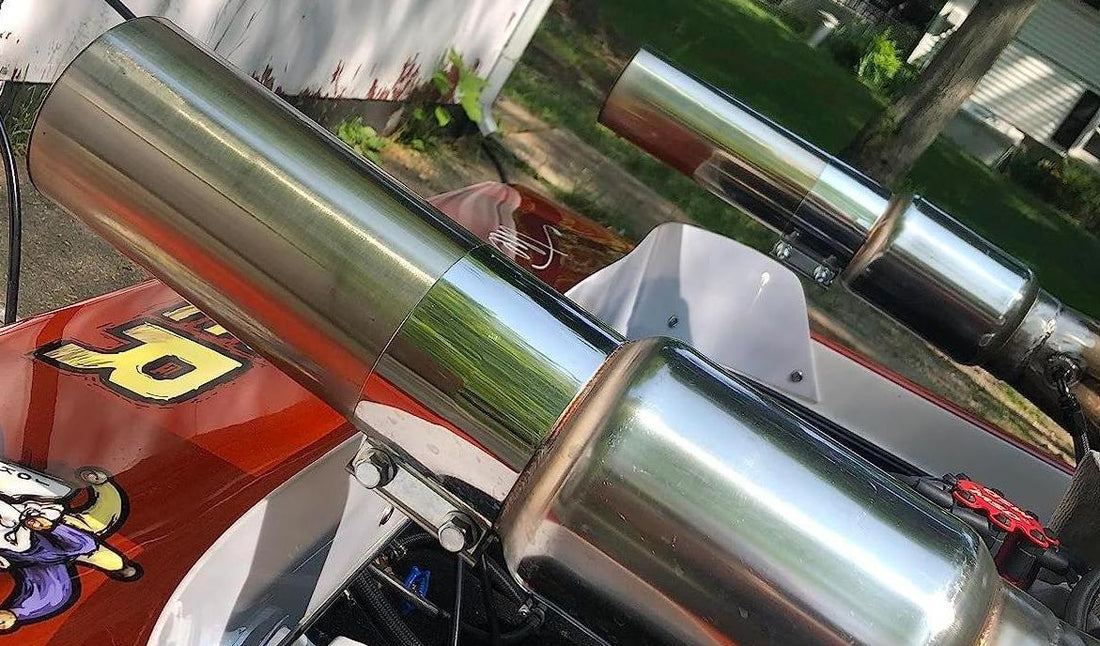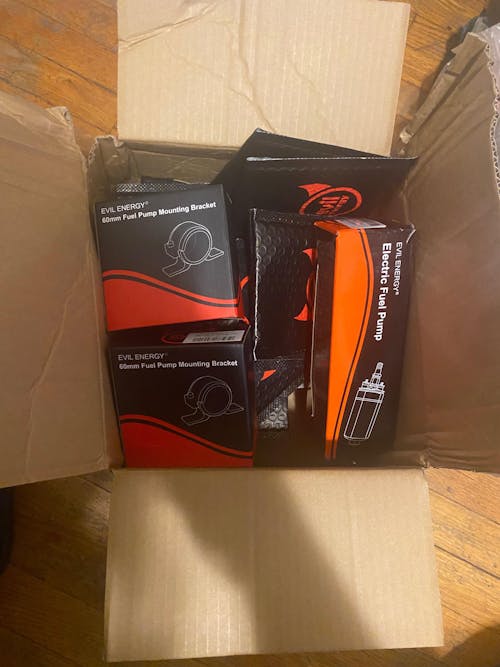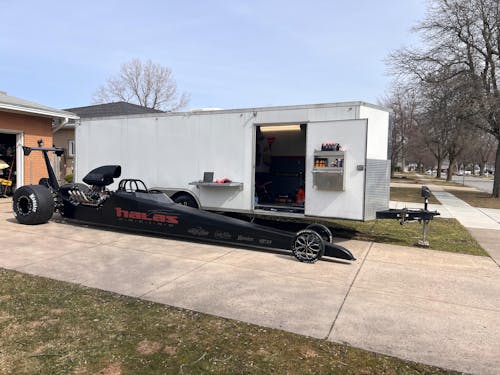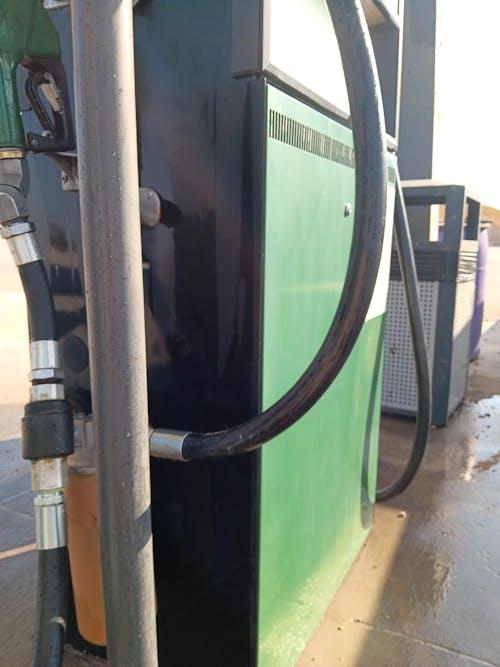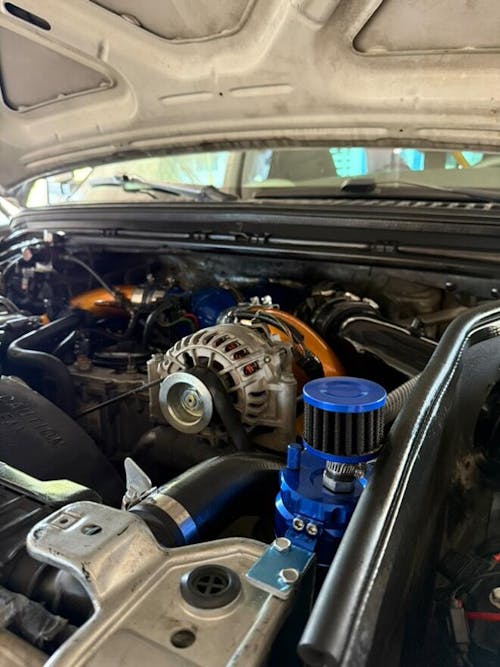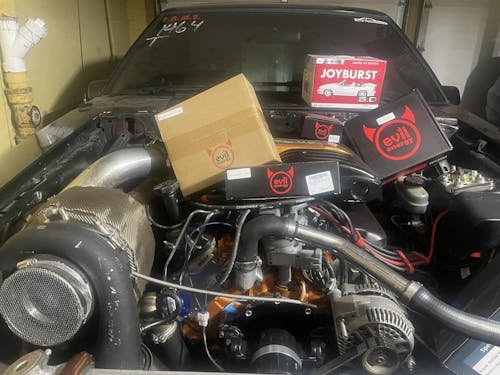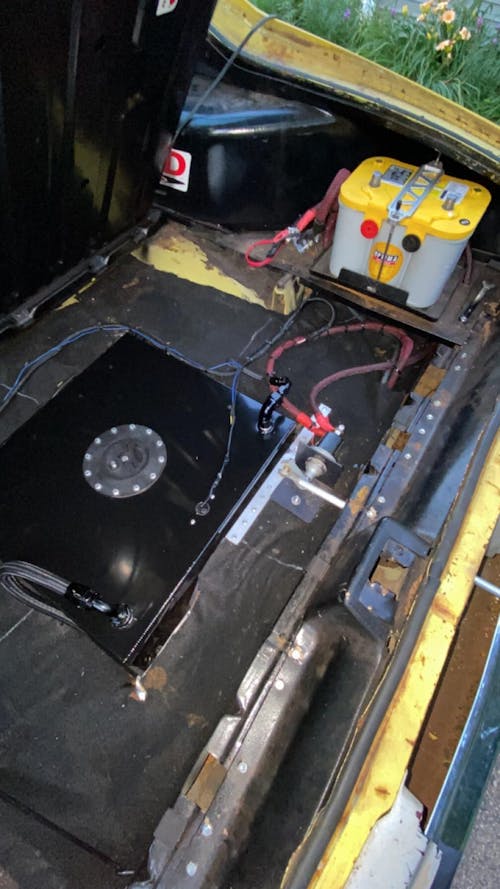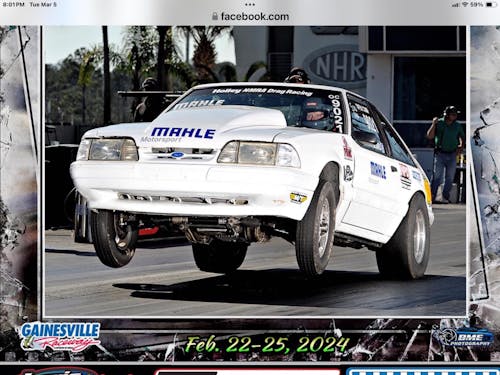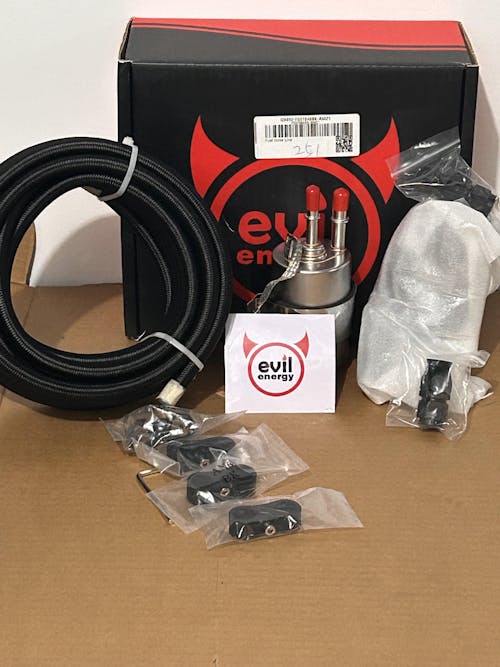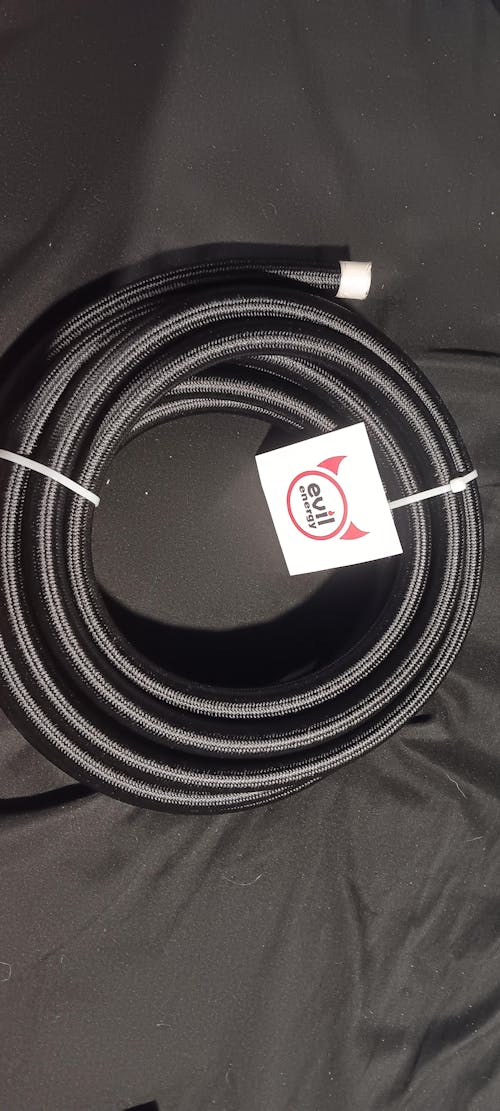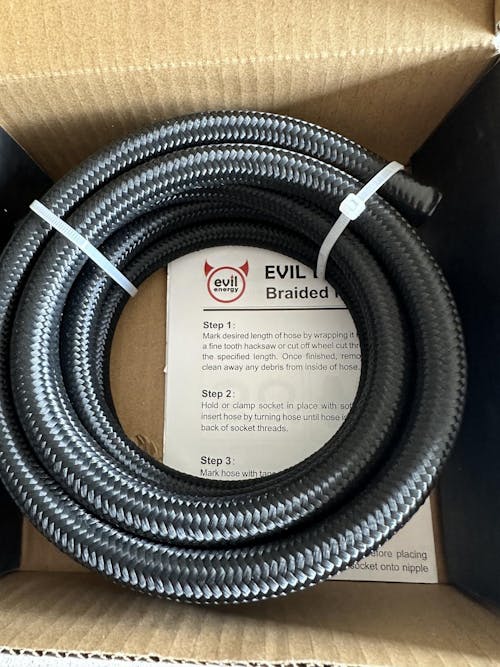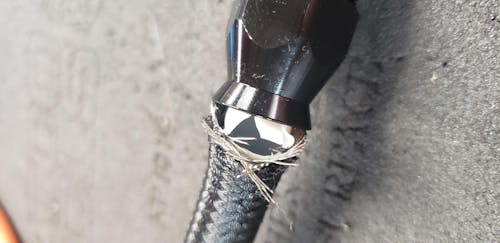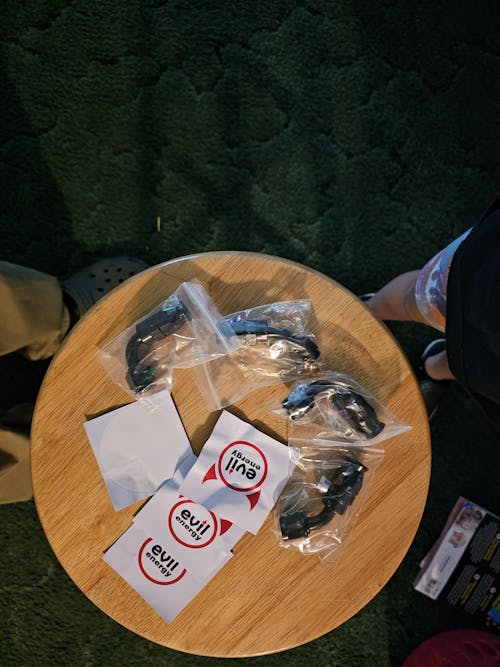Must-Know Tips and Tricks About Oil Catch Can and Exhaust Couplers
Most vehicles get damaged before their time and all because of the gunk that goes after your engine burns oil. It can accumulate in your intake system depriving your engine of power and efficiency. So the solution is the oil catch can which is a simple but effective method for keeping your engine clean. But that is not all. When it comes to modifying your exhaust system, the right exhaust coupler is critical for making sure it a secure and with no leaks connection. This guide will tell you everything you need to know about what a catch can do and all about the significance of exhaust couplers so that you can make sharp choices about the maintenance and improvements of vehicles.
Table of Contents
What Does A Catch Can Do?

A catch can is a tool installed in a crankcase ventilation system of your vehicle that traps oil, moisture, and different contaminants before they enter the intake manifold. This facilitates to save you carbon buildup on the consumption valves which increases engine efficiency and durability. By understanding what a catch can do, you will know how important it is to keep the air intake of your engine maintained and clean by lowering the chance of a detonation and protecting the engine as a whole. It is an easy but powerful way to improve reliability and overall performance.
What Is the Difference between Air/Oil Separators vs. Catch Cans?
Catch cans and air oil separators both are designed to tackle the same problem which is oil blow-by contaminating the intake system of your engine. However, they approach it differently. A catch can simply trap oil mist and needs to be emptied on a regular basis which means you should check and drain it every few thousand miles. This is a simple and cost-effective option but it requires regular maintenance whereas an AOS on the other hand is a more complex system that filters the oil mist before returning the clean air to the engine and recirculating the collected oil into the crankcase. This provides a set-and-forget approach, but it is more expensive and requires more complex installation. In the end, what matters most is what you require. If you want a low-cost solution and do not mind some maintenance, a catch can is a good choice and if convenience and a closed-loop system are important for you then an AOS may be worth the cost.
Tips to Know It Is Time to Get an Oil Catch Can
- If you notice that your vehicle is using more oil than usual it may be time to install an oil catch can to keep oil from entering the intake manifold.
- A decrease in engine performance or acceleration may indicate oil contamination in the air intake system necessitating the use of a catch can.
- Blue or gray smoke from the exhaust may indicate that oil is burning in the combustion chamber which a catch can help prevent.
- The presence of oil in the intake manifold or intercooler indicates the need for a catch can to capture oil vapors.
- Oil pollution can cause spark plugs to foul which can result in misfires and poor engine performance. This problem can be lessened with the use of a catch can.
- Turbocharged engines are more prone to oil blow-by so adding an oil catch can help maintain performance and longevity.
Importance of Exhaust Couplers in DIY Exhaust Systems

Exhaust couplers are essential in DIY exhaust systems because they ensure a secure and flexible connection between exhaust components. They make the installation process easier for DIY enthusiasts by enabling simple alignments, modifications, and adjustments without the need for welding. An exhaust coupler also helps to absorb vibrations and thermal expansion by preventing exhaust leaks and ensuring a more durable, reliable system. You can achieve a professional quality exhaust setup with exhaust couplers and still have the freedom to adjust and fine-tune your system as needed.
Different types of exhaust Couplers

There are a variety of styles of exhaust couplers and each comes with strengths and weaknesses. Let's explore these multiple types and see what they offer;
Band Clamp
The band clamp versatile clamp comes in flat metal or ring shapes typically aluminum or stainless steel that has a wide range of sizes, and also it is simple to use.
U-Bolt Clamp
This popular clamp is found on both factory and aftermarket systems and can be adjusted to fit a variety of pipe sizes. However, disconnecting parts later can be difficult.
V-Band Clamp
This premium is popular for turbocharged uses which feature welded interlocking rings and a separate outer ring to ensure a secure leak-free seal. It is perfect for connecting multiple pipes using Marmon flanges.
T-Bolt Clamp
T-bolt clamp which is also popular as a T-bar clamp is an air intake expert. This lightweight clamp is slightly larger than advertised and is intended to secure air intake pipes to rubber hoses.
Tips for Choosing the Right Type of Exhaust Coupler for Your Needs
- Make sure the coupler material matches that of your exhaust system to avoid corrosion and ensure durability.
- Accurately measure your exhaust pipes to be sure that a coupler fits snugly and without leaks.
- Flexible couplers that enable simple modifications are a good choice for systems that need to be adjusted frequently.
- Temperature resistance should be considered when selecting couplers for high-performance or turbocharged engines.
- Choose couplers that absorb vibrations to extend the life of your exhaust system components.
- Pick the exhaust couplers that are simple to install, especially if you are a DIY enthusiast.
Bottom Line
Always select the right parts for your vehicle as informed decisions will save money as well as save the vehicle from getting damaged because of some wrong parts. So take the time to understand your options and make sure they are appropriate for your vehicle. This not only saves you money but also protects your investment in the long run.


![EVIL ENERGY 4/6/8/10AN PTFE Fuel Line Kit | E85 Nylon Braided Hose | 16/20FT Black Black with Comprehensive Fittings [20FT]](http://www.ievilenergy.com/cdn/shop/files/Test-2025-Evilenergy-125598065_165x.png?v=1742144807)
![ptfe hose fitting kit [16FT]](http://www.ievilenergy.com/cdn/shop/files/Test-2025-Evilenergy-125598171_165x.png?v=1742144807)
![CPE Fuel Line[25FT]](http://www.ievilenergy.com/cdn/shop/files/25FTCPE_FuelLine_165x.png?v=1735220649)
![CPE Fuel Line[20FT]](http://www.ievilenergy.com/cdn/shop/files/20FTCPE_FuelLine_165x.png?v=1735220649)
